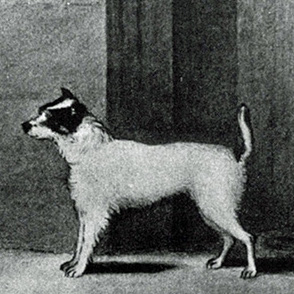Inventing Dog Breeds
Jack Russell Terriers
DOI:
https://doi.org/10.52537/humanimalia.9524Abstract
Today Jack Russell Terriers (JRTs) are among the most popular dogs in Britain and are seen to have long history, dating back to the fox terriers bred by Parson Jack Russell in the early and mid-Victorian period. Yet, JRTs are the dog breed most recently recognized by the British Kennel Club, only being allowed to enter dog shows and to be registered in the Club’s stud book since 2016. This essay explores this paradox and tells the story of struggles between different groups over the physical form and cultural meaning of this particular type of dog, but similar histories of the contested and contingent creation could be told of every dog breed. Modern dog breeds were invented materially and culturally in the Victorian era, first in Britain before being spread around the world. Then and since, the conformation of individual breeds has been subject to continual reimagining and reinvention by dog fanciers, along with the proliferation breeds to produce the 344 breeds now recognised by the Fédération Cynologique Internationale (FCI). History shows that breed could have been differently conceived and specific dog breeds differently made.
Downloads

Published
Issue
Section
License

This work is licensed under a Creative Commons Attribution-NonCommercial 4.0 International License.


